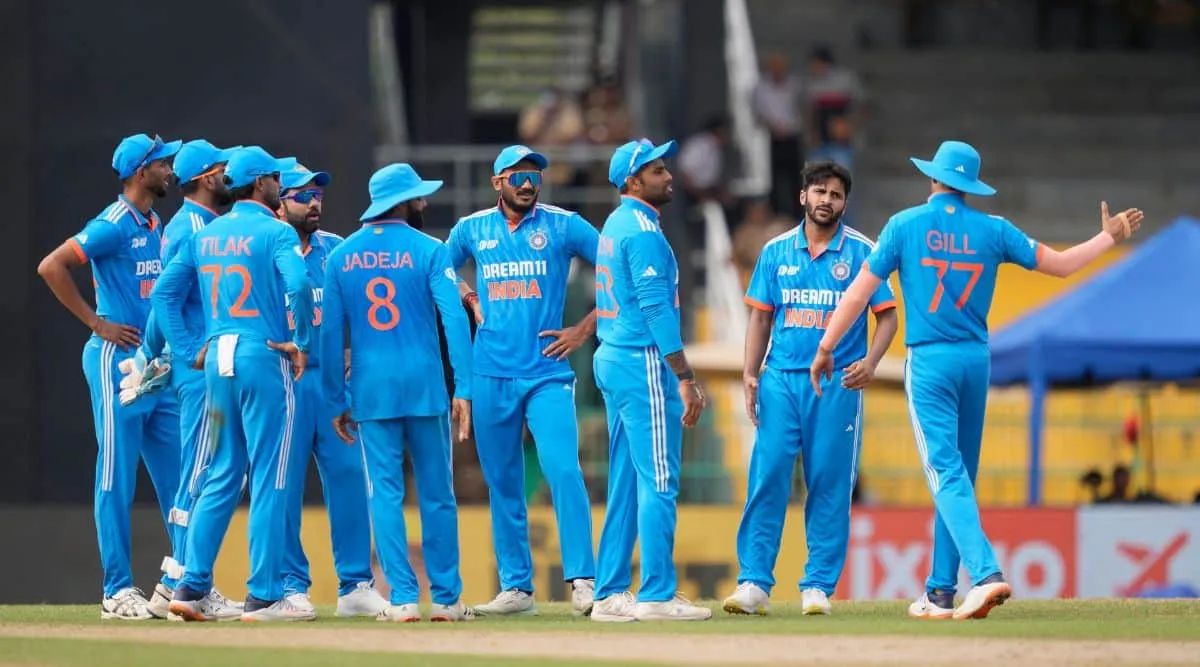Sachin Tendulkar
Australia’s tour of India in 1998 was my first proper Test series against Shane. Everyone had tagged that series as Tendulkar vs Shane Warne. I had to remind people that it was India vs Australia, but such was the following. Obviously, that is going to put you under pressure – you are playing a world-class bowler like Shane Warne so you can’t turn up and hope that things are going to be okay. One had to prepare properly, not just being out there in the nets, but also when you are sitting in the room you have to try and be a step ahead of what he would be thinking because he was extremely good at putting pressure and playing mind games and trying to plan your dismissal.
f you looked at his body language one didn’t know whether Warne had picked four wickets, five wickets or was wicketless. Every delivery he bowled, he was a fierce competitor. So even if facing the second-last or last over of the day, one had to keep his eyes open because he was always up to something and trying to figure out how he could dismiss you.
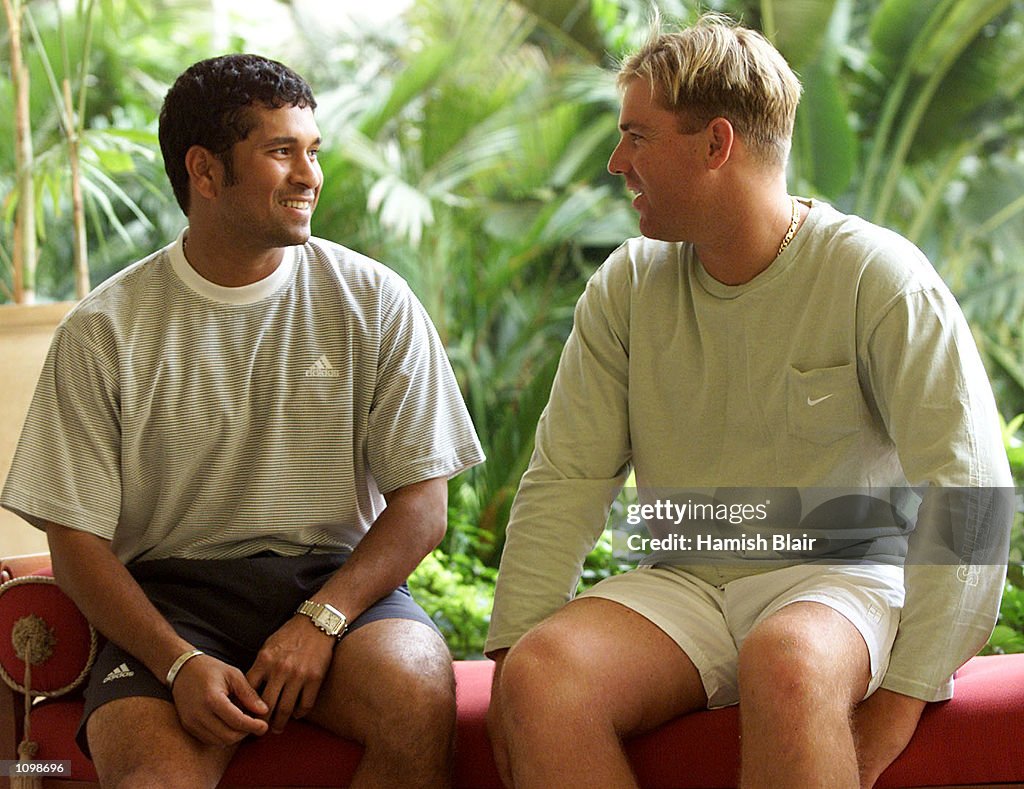
In my career, I played a number of good spinners, but Shane was different. He was one of those very, very few bowlers, against whom you could not hit the ball on the rise. There were a number of spinners against whom you could go and play on the rise when you are batting well, but Shane was someone, if you didn’t get to the pitch of the ball, there was no way one was expected to drive on the rise.
I felt that was his class, the way he got the ball to drift. And that can only happen if you have strong shoulders and you are giving it a rip – the ball drifts down leg and then it is leaving you, spinning away from you. Not many bowlers could do that in world cricket. There were some great spinners around, but Shane was without any doubt different.
I had to also practise differently because till then nobody had bowled round the wicket in the rough, trying to get you out. Round the wicket in the rough or left-arm over the wicket in the rough was usually bowled to keep things under control if the batter was scoring runs quickly. But Shane was actually looking to get the batter out. So I had to prepare what were my defensive options and what were my attacking options.
Rahul Dravid
One of the things that always stood out playing against Warnie was that it felt like he was always setting you up for something like a cat-and-mouse game was always on. Just when you felt, ‘I am going to go inside out,’ he would bowl the flipper. Or the moment you thought he’s tied me down and maybe I need to play the sweep or use my feet, he would bowl just the ball that would make that particular shot risky. Like he almost knew what you were going to do. It felt like a set-up.
And that was always the challenge. It didn’t feel like someone was just wheeling away at one end, bowling good balls and dot balls and trying to create pressure and then get you out. It always felt like he had a plan. There was something going on in his head where it felt like he was out-thinking you. As much as you were in a contest of bat and ball, you were also in a mental duel with him.
Personally, the challenge of playing Warnie was greater in Australia than in India because of the bounce there and the drift he got due to the wind. Both those factors accentuated his strengths in some ways. The other challenge was he was always getting me to play around my pad. As a batter you pick a line and then commit to it, but as you committed the ball would drift and I always felt I played around it.
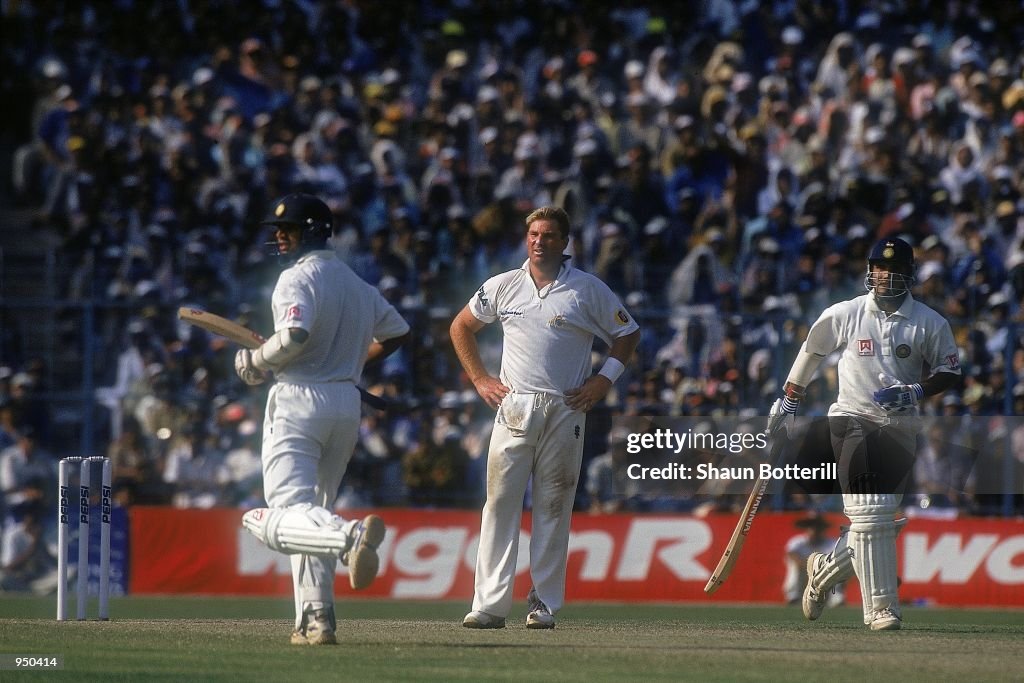
So, I made a conscious effort to try and ensure that I was not playing around my pad and that I didn’t commit that early to the line, that I waited a fraction of a second more than any other legspinner I played. It didn’t always work and he got me out a few times. He is not the only spinner that I played who got drift but Warnie was the most consistent.
He could also bowl these big spinning legbreaks, pitching on off stump spinning away. He would do that for an over or two sometimes. He had you committed to that line and suddenly he’d bowl this ball which started on the off-stump, would go towards middle, and because you had played so many balls going towards off he has got you playing around the pad and is spinning across you. That was the hallmark of Warnie. We saw it with the [Mike] Gatting ball. We saw it with the [VVS] Laxman ball [in Bangalore in 2004]. And so many other such balls. However good you were, even towards the end of his career, when Warnie got that drift right, it was a challenge to play him.
There was also this sense of theatre. For him, every ball was a contest. It was not just a game of patience. A lot of times you hear that: let’s bowl dot balls, let’s bowl maidens, let’s just put the pressure on. That did not mean Warnie was not good at doing that. In fact, he had the ability to bowl defensively, as in that 2004 series in India when the Australian seamers were bowling really well and Warnie needed to block up one end. That was probably the difference between the 2004 and 2001 series in India: in 2004, he bowled more defensively and learned to be just boring, which maybe was against his nature a little because he wanted to do things, he wanted to set you up all time. But probably, and this is conjecture on my part, Warnie realised that he could bowl 30 overs in a day and dry up one end so that the fast bowlers could be rotated.
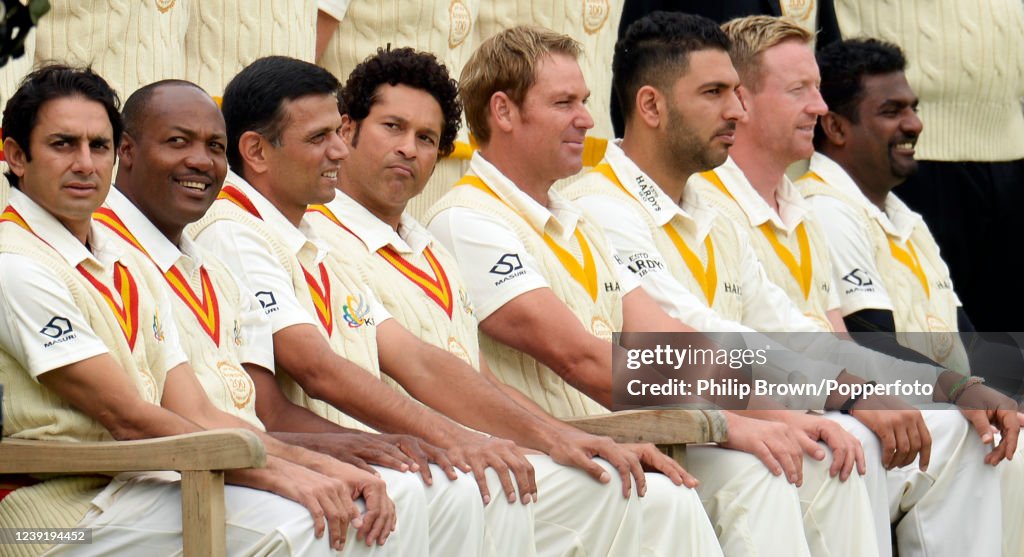
But, for a large part, you were in a contest with a guy who was trying to out-skill and out-think you. Warnie had that ability to get you out and not rely only on your mistakes. Both of us played a lot against each other and he got me out a few times and I might have had a little bit of success against him, but it never felt like you were in absolute control of that contest. I knew he had the skills, nous and tactics to get me out.
Warnie changed the whole theatre of Test cricket with his personality, his presence, his performance. He changed the way Test cricket was being watched from the 90s when it was all about watching fast bowlers at a time when a lot of attritional cricket was on display. Warnie just made legspin and spin-bowling more attacking. Not that there were not great spinners before him, but Warnie’s growth coincided with the expansion of the influence of television and technology in the game. That brought Warnie to the fore.
He changed the narrative around Test cricket: from being all about fast bowling to spin bowling. That spin bowling is match-winning. And there was no better example than Warnie: he became the man in a bowling attack with McGrath, Gillespie and Lee. I can’t pay a greater compliment to Warnie.
Mahela Jayawardene
When it came to creating pressure, Warnie was a master. I first played him in 1999 during our home series against Australia. As a 20-something facing Warnie, at his peak, for the first time was definitely a challenge. Straightway you could gauge his intelligence in how he set up his fields, getting batters to hit certain gaps so he could look at getting them out. And in conditions he couldn’t control, he would manoeuvre fielders around. For a batter, it was a constant battle.
I remember in that Kandy Test how he opened up the midwicket gap when I was in my 40s and that tempted me to charge Warnie – the leading edge went straight to the fielder. He understood that the young cricketer has an ego and thinks: “I’m going to hit Warnie through the gap”. On a turning wicket, for a right-hander, that was risky, but that was the kind of mindset Warnie possessed.
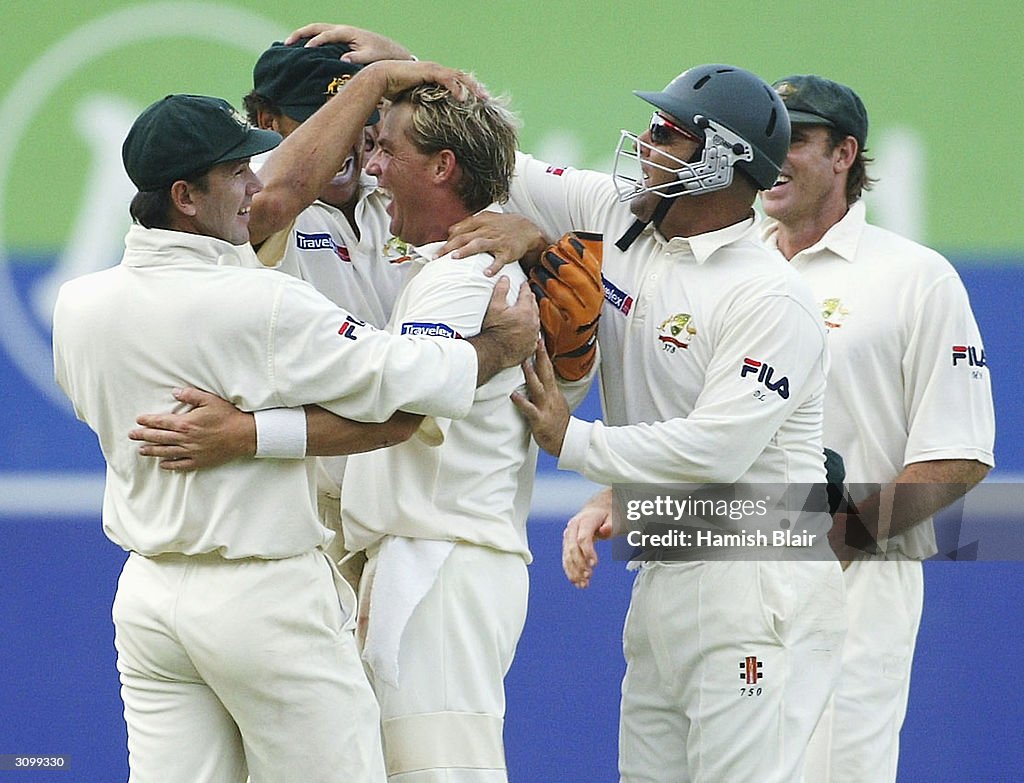
It was fascinating to watch from the outside how Warnie made his plans and went about a Test. He would put his head down and do his job, play the defensive role on the first-day wicket, but come the latter half of the Test – days four and five – he would take control and be the man to do the job, take the pressure on. He had skills that you rarely saw, along with temperament and intelligence.
Even in white-ball cricket, Warnie was the king. He enjoyed the challenge because batters came at him and it was easier for him. He never backed off. He knew he could get a wicket when the team needed it – take the 1999 World Cup semi-finals. He loved those big matches.
He started to play T20 cricket towards the backend of his career when he was taking wickets not with his skills, but with his head. That might have been a far better and more enjoyable challenge for him because he would talk to you and troll you on the field. Whether you heard him or not, he was trying to create a situation for the batter to trap him.
For me, more than the skills, Warnie the person was important. He was an entertainer. He taught us to enjoy being who you are. Yes, he was a target (for the tabloid media), but he did not want to change; he enjoyed life on and off the field and that was what he was. I don’t think you would see Shane Warne the entertainer on the field if he did not enjoy life outside and be the person that he was.
The image that will stay with me is from last year’s Hundred in England where he was head coach at London Spirit. Not just his team, but he was helping spinners from all other franchises. He genuinely loved cricket. He contributed to the game tremendously, in a very positive way, both when he ruled on the field, and even after retirement. That is what we all should remember Warnie for.
Younis Khan
The thing about Shane Warne was that he knew he was a match-winner. That kind of character that he didn’t need to be a captain to be a leader. He led Rajasthan Royals to the title in that first IPL and as I was there, I saw up close what his captaincy was about.
As a bowler he had this great ability to create something from nothing, to play with the batter’s psyche when there wasn’t much happening. He didn’t just stick to one plan or style, he was always creating things, doing different things with the ball, trying fields. Talking about his bowling is like sooraj ko chiraagh dikhaana [like holding a candle to the sun – stating the obvious]. Everyone knows how great he was.
If anything helped it was that I began myself as a leggie and so I understood the psyche a little. But he was such a great bowler that it wasn’t as if it was easy to play him and whenever I did score runs, I didn’t play freely against him.
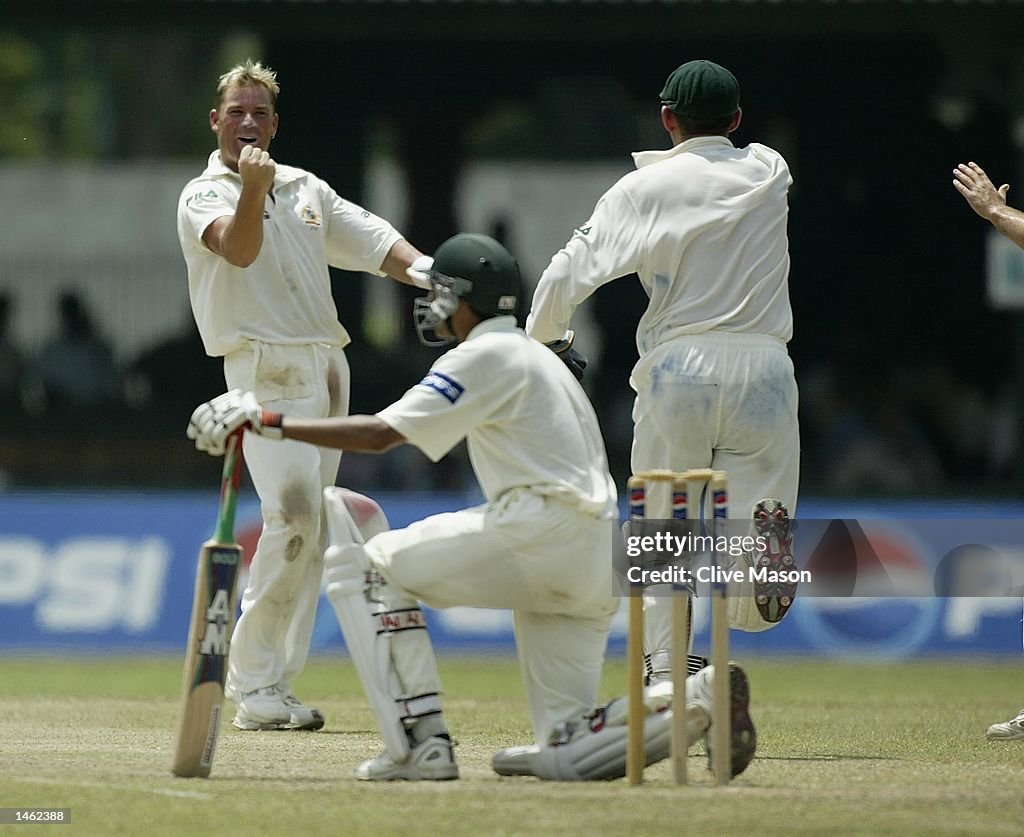
I remember the Colombo Test (in 2002-03), I knew he would come at me from different angles. During practice, whenever I got a chance I would make a rough patch in different areas on the pitch and then get Danish Kaneria to bowl at me there. Whenever I had any free time, I would practice only against legspin, not fast bowling. That was his presence that you would practice like that. From round the wicket, from over, from out of the rough, from out of somewhere else. I knew on these surfaces Shane Warne would make us struggle.
Sweeping Warne, or playing across the line, was never easy. His floater (the one that went straight) I can say confidently, was one of the best ever. He finished the careers of top batters with it. When you sweep a spinner, he gets annoyed. As a batter, the one tactic against someone like Warne, when you want to play a sweep, if you saw the line of the ball outside off, you knew, ok I can sweep this. When he again came to a conventional line I could revert. But as a top bowler, you have to have plans, you have to think tactically always. And Shane Warne, wherever he went, he always had plans, and more plans beyond that.
Of course, to be as dominant as he was, it does not just skill but you have to be a total package. And Warne was that, not just a bowler, or a leader, but the total package. He was the kind of guy, whenever you thought you had worked something out about him, you realised there was another page, and then another, and then another. He was a book, with many pages and whenever you turned a page, you were surprised by what you saw on that page.
It was an honour to play against him and we knew that whenever we did, we would learn plenty from the experience. All of Pakistan, the world was a fan of Shane Warne and all cricket lovers around the world will miss him.
Gary Kirsten
What made it difficult to score runs off Warnie was his consistency. He was able to bowl at a good pace, at a good trajectory because he was such a strong guy. It made it difficult to use your feet against him. He just had a great ability, especially when there was a little bit more on the match or when the game was on the line, to deliver his best balls under pressure.
That was what probably separated him from other bowlers. That’s why I say he was the toughest competitor I came across. What he also did well was when you were in the contest with him, and you could almost sense this and feel it as it was happening, that he was always looking for ways that he could get you out. It was almost like he was unpacking your technique while you were batting there. He was working out different ways to end your time at the crease.
He never just allowed the game to drift. He was always looking for a creative way at getting batters out. That was a real strength. He hated it when the game was allowed to drift or individuals just allowed the game to flow and wait for the batter to make the mistake. It wasn’t part of his DNA. You always felt when you were batting against him that you were never in. It wasn’t like there was a period of time when you felt you were on top of him. There were moments where I felt I was doing okay, but he would always come back stronger.
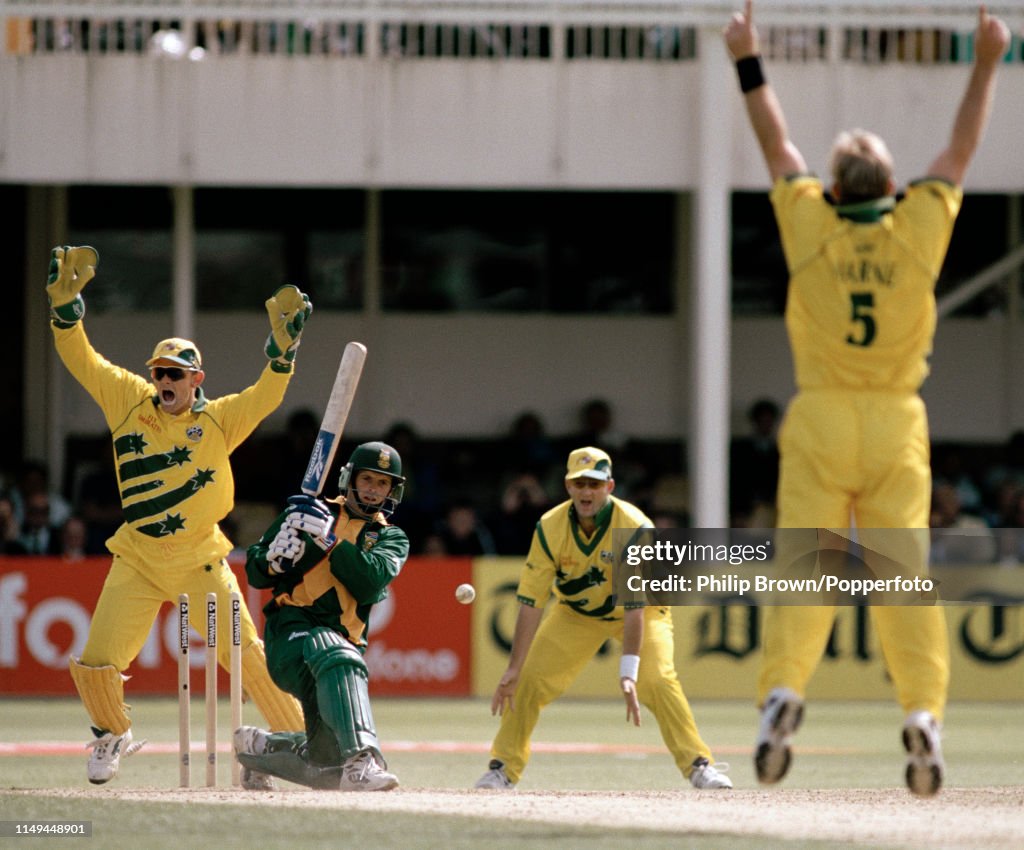
Naturally, it was also dependent on the pitch. When the wicket got really worn out, in the third and fourth innings, that was when his artistry really took over because he knew that he could exploit the conditions with his accuracy and make it really tough for batters to defend especially in Tests. And equally, he liked an aggressive approach – which some batters would use to unsettle him, which almost got him going a little more. So, it was about trying to find the balance between defending well against him and trying to score. But Warnie was always competing and looking to get you out.
Ian Bell
Growing up, when playing cricket in the garden with my brother, I would often pretend to be Shane Warne. As he was to so many others, Warnie was one of my heroes. You can therefore imagine how surreal and nerve-wracking it was to face him for England in 2005.
I was 22 (23) years old, playing my first Ashes, and I had no idea what was going to hit me. Until you step into a high-profile series like the Ashes you don’t understand its magnitude. I felt I was equipped and had plans to deal with the occasion, but in truth, it got the better of me and I ended up playing the man and not the ball.
All of a sudden, I was facing Shane Warne, this guy I’d idolised for so many years and who was rightly considered one of the best players in the world.
Looking back, I probably paid him too much respect in that series and never really found a way to relieve the pressure and put it back on him. His presence in the middle was extraordinary and certainly more powerful than anyone I’d so far encountered. While the wickets were quite flat, with not a huge amount of spin, he still found a way of making it difficult for us by changing the fields, slowing the tempo down, and generally asking questions of the batter. Being the very good poker player he was, it was like he was double bluffing us in certain ways. That was a massive skill of his. He made sure everyone was geared to his tempo and what he wanted to do.
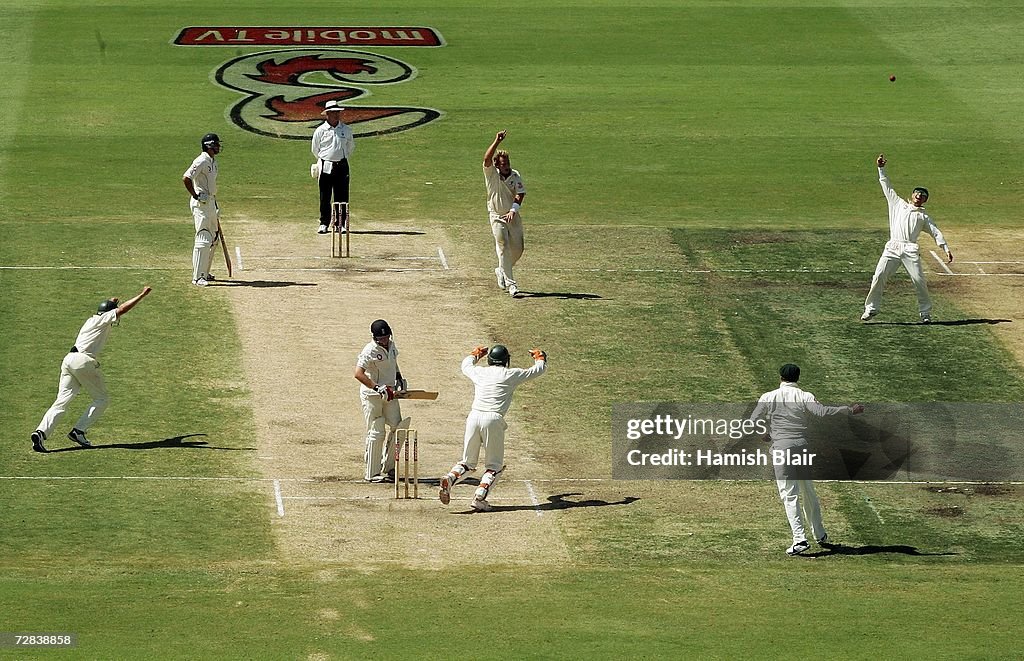
Whether he was attacking or defending, he made young players like me start to think more about what he was thinking, than simply watching the ball and reacting to what comes down. In 2005 I certainly overthought it and consequently couldn’t take advantage when that bad ball did finally come.
Ironically though, I always felt I was a good player of spin. I loved using my feet. When you are playing against the very best spinners, like Murali and Warnie, you can’t just sit there and survive. You have to be proactive. You have to find a way of putting their lengths under pressure. You have to find a way of moving the fielder and being a bit brave. In that 2005 Ashes, I was not brave enough.
My average against Warnie in that series was 19, who got me out three times. Interestingly though, in my second Ashes, on the 2006-07 trip to Australia, I had an average of 61 against him. What changed? Basically, I had grown as a Test match player, having played against the great Pakistan and India teams. I had learnt a huge amount and was in a far better place with my game by the time we landed down under. Australia isn’t actually the easiest place for spinners – there is nice consistent bounce so you can play off the back foot, and you can come down the wicket and hit through the line of the ball. That shows just what a superstar Warnie was. He did it everywhere.
And he never gave up. A lot has been said about the whole ‘Sherminator’ sledge and it became a lot bigger than it actually was, but it was just an example of Warnie using all the tricks in his locker.
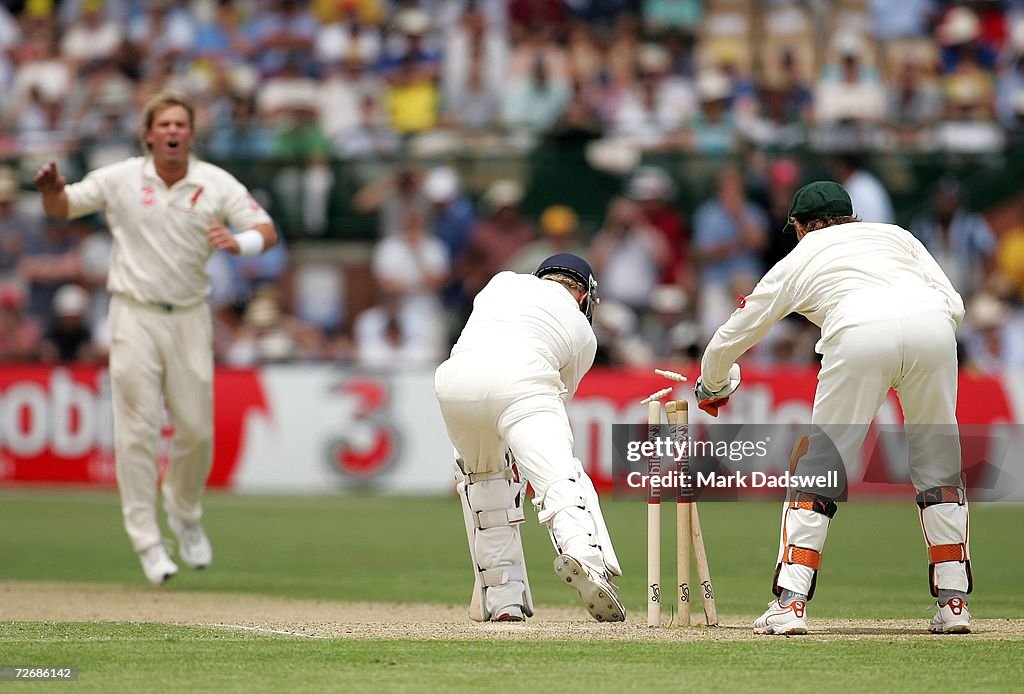
In Adelaide, I had started scoring runs against him and we had raised a big first-innings total. It was not frustration on his part. Far from it, in fact. He was just utilising all the rich resources he had at his disposal. He was not shy at coming at me a bit harder and I don’t blame him one bit. He was quite simply a competitor who did what he needed to help his team.
We ended up losing that Adelaide Test and it was down to Warnie’s magic. The wicket was particularly flat and we should have never lost having scored 500-plus in the first innings. But again it was Warnie who created the belief in his own team that they could win that game. He was an absolute genius.
Many will have opinions about what was Warnie’s strongest attribute, and all of them will be right because he had so many, but for me, it was his natural variation that I found hardest to combat. Because of his accuracy and his grip, and his ability to put so many revs on the ball, he could get one to hit the seam and really spin, and the next one would just slide on. That, of course, and his ability to hit great areas consistently more than any other leg spinner.
Shane Warne was the best bowler I played against in my Test career and for me the greatest player ever to play the game. His ability to control the environment, that big stage, whether Lord’s, the MCG, wherever, was truly remarkable.
As an opposing batter, it always felt like he was the conductor and more often than not we were just playing his tune. It was a privilege to have shared the field with the King and the whole cricketing world will miss him enormously.
Courtesy: ESPNcricinfo
